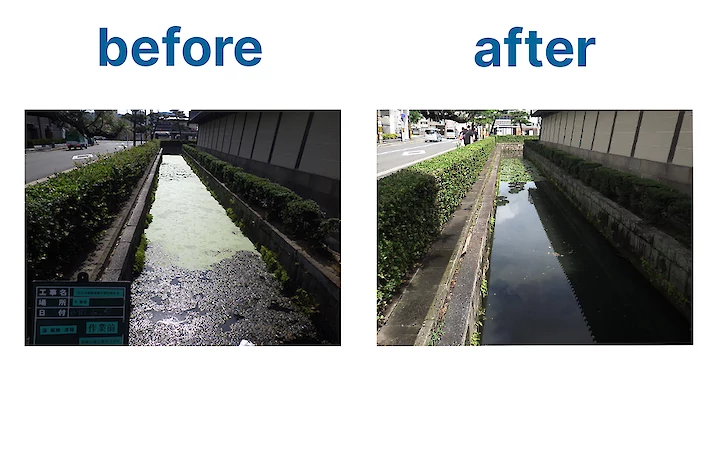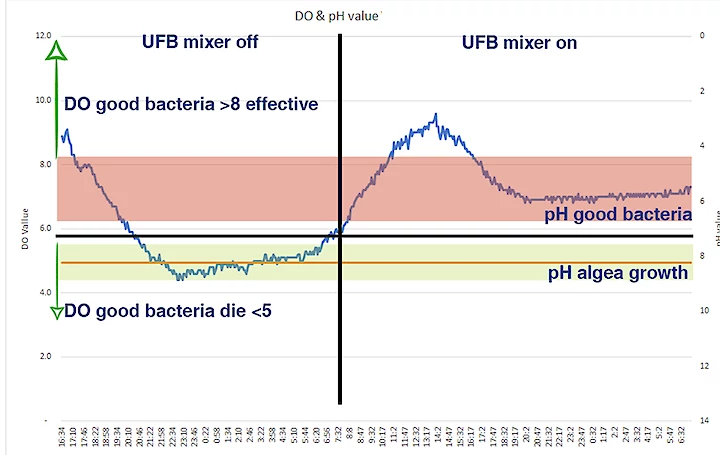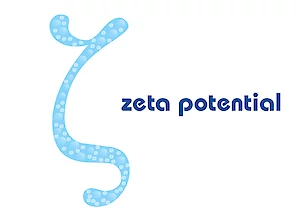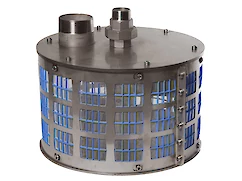Published: Wednesday, 11 May 2022
Modified: Thursday, 18 September 2025
Algal bloom prevention and water quality improvement with nanobubbles and probiotics at a moat in a tourist area
Kyoto moat history

A temple with a beautiful moat in Kyoto, Japan had a group of volunteers maintaining the moat, by cleaning it and doing regular maintenance. Due to the older age of the volunteers, the group stopped moat maintenance around 1998. In the next 20 years no maintenance was done and year by year the situation worsened on one hand natural pollution wasn't removed such as leaves in autumn and excessive uncontrolled water plants growth took place. On the other hand, tourism in Kyoto was on the rise and more and more, litter came in the moat. This led to an uncontrolled situation of bad smell, fish mortality opaque water and the bottom of the moat was invisible. In the summer, algal blooms were becoming more and more frequent.
810 meters moat

The Higashi Honganji temple in Kyoto, located nearby the Central Station of Kyoto, was established in 1604. It has a long history and contains one of the tallest wooden structures in the world, it also has burned down a couple of times. Around the temple grounds is a moat of which has a length of 810 meters. As it's a touristic hotspot for both Japanese and international visitors, its important that the water looks clean and doesn't disturb the visitors and neighborhood with bad smell. The water for the moat is coming from lake Biwa the largest sweet water lake in Japan, the water is transported via an ancient underground water network. When the water is arriving at the Higashi Honganji temple, it's pumped into the moat on the north side of the temple, after which the water slowly travels to the south side of the moat and continues elsewhere.
Nanobubbles & probiotics and cleaning plan

In 2018 acniti came in contact with the gardener and the management of the temple and drew up a plan, to bring the moat back into a healthy state. The plan consisted of:
- Removing of excess natural pollution in spring and autumn, from blossom and leaves
- Removing excess water plants once or twice a year, which stops the flow in the moat
- Putting signs at the taxi stand to not pollute the water
- Cooperation with the gardener during maintenance periods, no plant debris goes into the water.
- Putting 2 submersible nanobubble aeration devices with oxygen concentrators
- A natural probiotic spray program with low intensity application in winter and higher application during spring and summer.
Results

Three months into the project, the results became visible. No more smell and fish mortality, and the water color went from opaque to transparent clear. Depending on the climate conditions in spring and summer, there is a more intensive cleaning program with longer hours for operating the nanobubble generator. During the summer, peak they run max 13 hours, from 6 PM to 7AM always around sunset till sun raise. During the summer day time natural oxygen production is sufficient, the problems are always during the night when the photosynthesis doesn't produce any oxygen. In the first year we noticed that DO levels went from 4,5 ppm to 9 ppm. The application of probiotics is in summer more intensive than during the winter period. In Spring and Autumn, the application is 2x a month, during summer 2 or 3 times and in the winter we apply every 8 weeks.
Finally, we got some positive comments from Japanese bloggers which noticed the improvement to the water quality (Japanese only). Especially this blogger was very surprised with the good water quality. Calling her article:
I was surprised at the feeling of Aquarius in the water of the moat *Higashi Honganji*.







